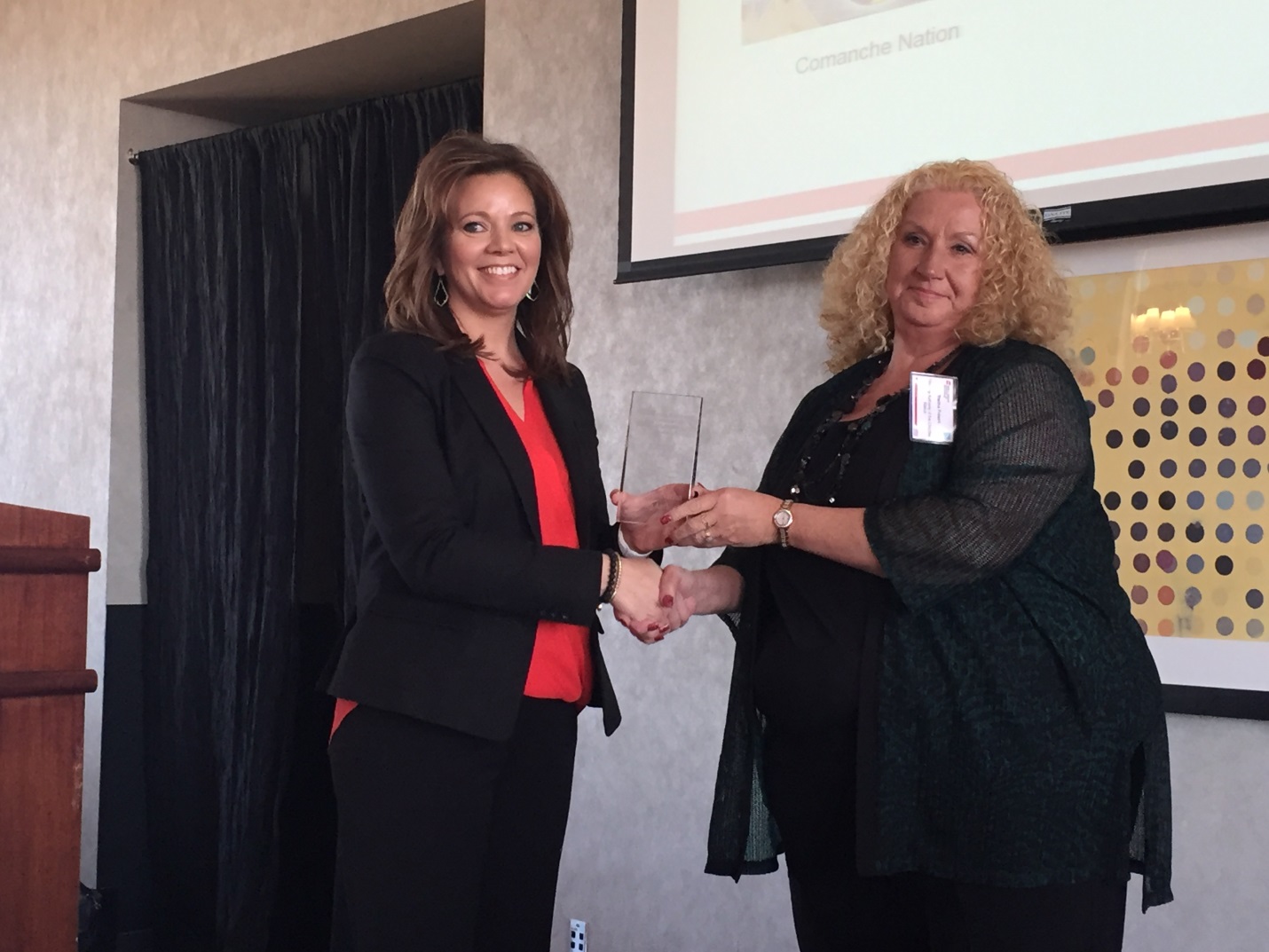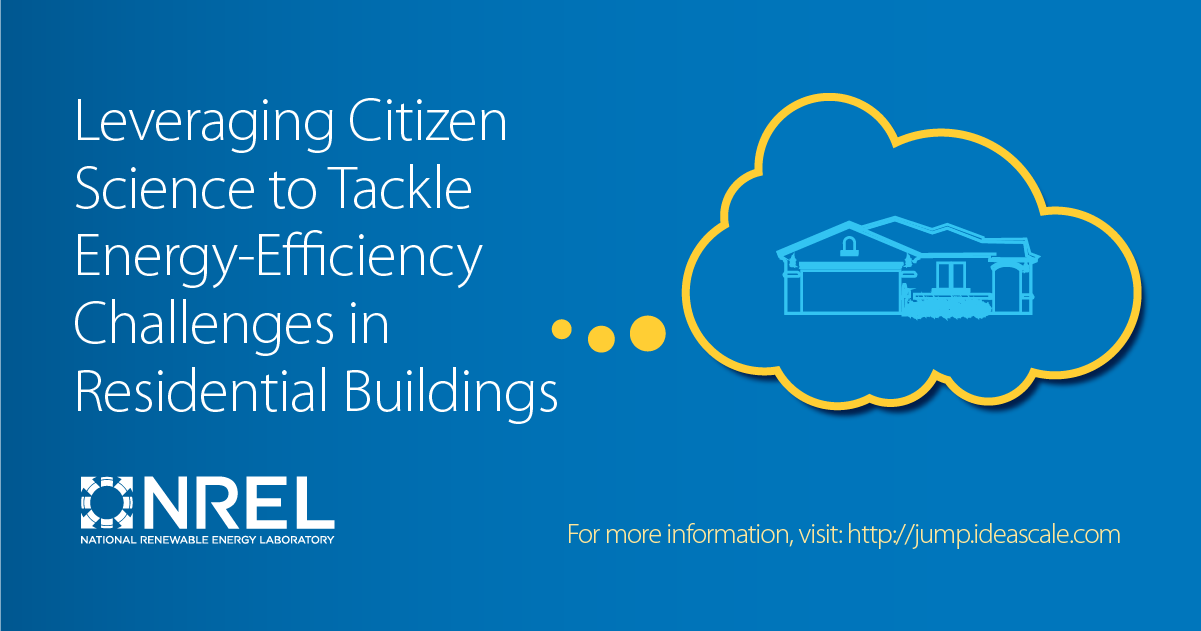
HPwES Summer 2016 Newsletter
Training Alone Is Not Sufficient for Quality
Recently, I listened to a major company say that its method of ensuring their product was installed correctly was to make sure they offered really good training. That is like Honda saying that it ensures the Accord is one of the best, most reliable cars in America by training its factory workers really well. While Honda’s training program is likely very good, it would stand to reason that one of the major benefits they get from their dealers’ service departments is the operational, performance, and reliability data of the different parts of their cars. This monitoring of data and metrics is part of their quality management system and feeds back into the design and construction of their vehicles and other products. Honda values a complete quality management system called Honda’s Quality Cycle and uses it to gather qualitative and quantitative information to improve their products and delivery system.
So too should product manufacturers and service providers of home performance (i.e. all the entities who are involved in specifying, installing, and maintaining a home performance product who are at risk should the improved home not perform as anticipated including: contractors, distributors, utilities, governments, aggregators, financiers, trainers, and implementers). To realize maximum profitability on each unit produced and installed, manufacturers and servicers of home performance – hereafter abbreviated “MSHP” – should have their own quality management systems that extend through to the installation and operation of their products and services. As part of their QMS, MSHPs should consider funding analysis of specific data that can lead to the improvement of their product and service design and implementation.
Energy efficiency programs around the country gather housing characteristics and performance data through their home performance and quality assurance programs. Though, organizations that typically run these programs, such as governments and utilities, have rules to protect consumer privacy and are budget constrained. Therefore, they may not be able to easily share data that they are observing from home performance work related to MSHPs. It’s likely they may not even be collecting key data due to perceived cost. To gather this type of date, MSHPs could run their own efficiency programs or develop agreements with existing ones to share information while still protecting consumer privacy.
In addition, MSHPs should take advantage of home performance contractors who have not only the training and tools to do the work, but a culture that is focused on achieving performance. MSHPs can define performance and reward contractors for collecting data and achieving certain performance thresholds related to product specification, installation, operation, and maintenance.
Interestingly, home performance contractors have been noticeably engaged in online dialogue seeking to increase the transparency of energy efficiency programs. They also want more of their feedback incorporated into program design and implementation. Similarly, many programs who have won ENERGY STAR awards have developed instruments to methodically and successfully engage with their contractors to improve delivered efficiency of those programs. This exchange of information should be considered part of a good quality management system.
Home performance contractors are eager for three things: leads, sales, and performance. If an MSHP rewards their desire for these things then home performance contractors will be the fiercest, most efficient home improvement sales and product testing machine ever. Tools like HPXML and platforms like Home Performance with ENERGY STAR (HPwES) – See Sponsor Guide v1.5 Section 6 and Appendix F – enable home performance contractors to efficiently share data, demonstrate their focus on consumer protection, and enhance their credibility in their services. HPwES will also support efforts to integrate quality management principles, branded marketing, and innovative workforce development tactics into your product or service so you don’t have to rely solely on your amazing training to achieve quality.
To end with a question, how do you truly know which topics and criteria that make up a good training program if you aren’t clear on all the issues that impact the specification, installation, and maintenance of your product or service? HPwES can be the bridge between real-life experience and your training regime.
Cheers,
Ely
Public Service Company of Oklahoma teams up with Native American Housing Authorities to bring HPwES to native populations

By Yen Yoon Ortiz (ICF International) and Russell Philpott (Precise Building Performance)
In 2013, Public Service Company of Oklahoma (PSO) entered their third year of sponsoring a Home Performance with ENERGY STAR® (HPwES) offering. Previous years had been successful, but PSO recognized the need to reach out to diverse customer segments in their service territory to widen participation. That same year, account managers Jason Fisher and Andrea Palmer, and subcontracted third-party auditor Russell Philpott with Precise Building Performance reached out to several Native American Housing Authorities to promote PSO’s energy efficiency rebates. To further cultivate this new relationship, Jason and Andrea also participated in the Oklahoma Chapter National Association of Housing and Redevelopment Officials (NAHRO) and Southern Plains Indian Housing Authority conferences. Native Americans comprise about 8.6 percent of the total Oklahoma population. Jason, Andrea, and Russell’s efforts caught the attention of the Comanche Nation and Choctaw Nation Housing Authorities, who quickly recognized the potential value PSO could provide to their housing stock, and ultimately, their tribal members.
Both housing authorities already had plans to perform improvements on some of their homes and agreed to participate in the PSO HPwES offering. PSO helped both nations include rebate guidelines and requirements into their home remediation request for proposal bid packets, and also helped review contractor bids to ensure the proposed work would meet PSO’s HPwES criteria and standards, which increased the level of all efficiency upgrades from the nations’ existing standards. PSO’s support didn’t stop there. Once contractors were selected, the implementation team provided in-field training to the contractors to ensure high quality installation of the energy efficient upgrades. PSO also assisted select Choctaw Nation staff members in obtaining their Building Performance Institute, Building Analyst certifications.
A majority of the projects included the installation of 16 SEER HVAC, electronically commutated motors (ECM), attic insulation, duct replacement and sealing, and air sealing. Some projects also installed ENERGY STAR certified windows. In addition, many combustion safety and health issues were discovered and immediately remediated. Below are the results of both nations improving 164 homes so far (2014 to April 2016) with the help of the PSO HPwES offering:
Total rebates paid: $384,705
Total kW saved: 358.21
Total kWh saved: 700,894
Total therms saved: 46,094
Average rebate: $2,345.76 – an average of 32% of total installation cost
Through this partnership, PSO reached rural customers in outlying areas of their service territory that may not have otherwise had the opportunity to take advantage of PSO rebates. Tribal members are now living in homes that have been upgraded to be more efficient, comfortable, durable, and affordable. Many contractors in those areas were also trained to better understand building science, load calculations, and equipment sizing to meet high energy efficiency standards as a result of the collaboration. The results were so successful that the PSO HPwES standards are now being implemented in both nations’ projects in areas served by other utilities.
The Comanche Nation and Choctaw Nation Housing Authorities are grateful for all the support and value PSO and HPwES has provided them and their tribal members. PSO has made such an impact on all parties involved, that the nations’ contractors, when discussing current and future home improvement projects, have coined the phrase “I’m PSO-ing this house.”
For more information about PSO’s HPwES offering, please contact Lisa Puyear atldpuyear@aep.com. For more information on PSO’s energy efficiency rebates, please visit PowerForwardWithPSO.com.
Reach New Customers with State Housing Finance Agencies
By Greg Zagorski (National Council of State Housing Agencies)
In April, I had the opportunity to present at the HPwES Partner Meeting in Austin. While there, I learned more about the great work HPwES is supporting and heard from many HPwES participants who are looking to grow their programs by reaching new consumers beyond “early adopters.” A key to these efforts, many agreed, was identifying reliable sources of financing that could help those homeowners, particularly low- and moderate-income (LMI) families, who cannot afford to pay for energy efficiency upgrades upfront.
While some HPwES programs were already actively serving LMI populations, I was surprised to learn that many HPwES Sponsors were unaware of a valuable resource that could provide such financing: state housing finance agencies (HFAs).
So what are state HFAs, and how can they help? State HFAs are state-chartered agencies established to help meet the affordable housing needs of the residents of their states. They administer a wide-range of federal and state programs that support both sustainable homeownership and affordable rental housing.
In addition to their core housing programs, many HFAs offer home improvement/rehabilitation lending programs that can be used to help LMI families pay for critical home repairs, including energy efficiency upgrades. HFAs also run a wide variety of state and federal energy efficiency programs. In some cases HFA grants or below-market-rate financing can be leveraged with utility weatherization programs serving LMI households. Sponsors offering multifamily programs can also partner with HFAs to make properties more comfortable, energy efficient and affordable to their residents.
Many HFAs have recently looked to strengthen their support for energy efficiency and other green building initiatives, which they view as a natural complement to their affordable housing missions. After all, a $30 to $50 monthly reduction in utility costs is a substantial benefit for many LMI Americans.
HFAs have a strong track record of working with private sector partners to reach underserved markets. Most HFAs do not directly originate homeownership loans, but purchase loans from lenders who originate loans meeting the HFA’s guidelines. This requires HFAs to work together with lenders, REALTORS® and other housing partners. HFAs are also required to remain flexible, and have been willing to adjust their products and programs to meet market needs. These efforts have succeeded: HFAs help around 75,000 LMI borrowers purchase their homes each year, and studies indicate that HFA loans perform better than other loans to LMI borrowers.
Several HFAs already participate in HPwES. Two agencies, Kentucky Housing Corporation and Alaska Housing Finance Corporation, are HPwES sponsors. Kentucky has partnered extensively with state utilities, nonprofits, and other partners to offer affordable energy efficiency loan products. Alaska provides rebates to homeowners who complete qualified energy efficiency rehabs and no-cost weatherization upgrades to LMI Alaskans. In addition, North Carolina Housing Finance Agency partners with Advanced Energy, an HPwES sponsor, to subsidize the development of affordable single-family homes that meet HPwES standards. This program received an Award for Excellence from the Environmental Protection Agency in 2011.
If you’re an HPwES sponsor or contractor looking to reach more LMI borrowers, contact your state HFA to learn more about their programs. You can find more information on working with your HFA at https://www.ncsha.org/housing-help or by emailing Greg Zagorski at gzagorski@ncsha.org or Andrew.Isaacs@csra.com on the HPwES team.
The Latest on Production
Home Performance with ENERGY STAR Sponsors reported 19,410 projects during 2016 Q1, a decline of 15% against 2015 Q1. While not in line with the program’s established history of strong growth trends, this decline may represent an indication of the effects of a particularly mild winter in certain areas of the country. The recruitment of new local and national partners, implementation of new business models, and the exploration of new technical solutions all give excellent reason to expect that the program will continue to foster residential energy savings and greener communities nationwide.
Many sponsors turned in strong performances during the first quarter of this year, as can be seen in the regional breakdown below:
In the South:
- Advanced Energy (+1,000% 16Q1 vs. 15Q1)
- Nexus Energy (+160%)
In the West/Midwest:
- Energy Trust of Oregon (+828%)
- Efficiency First California (+246%)
- Greater Cincinnati Energy Alliance (+241%)
And in the Northeast:
- New Hampshire (+292%)
As with every quarter, we would like to extend our thanks to all of our sponsors; our collaborative operational work, innovation and focus on the welfare of stakeholders and community members have and will continue to support the realization of a brighter, greener future.
Contractor Corner
Participating contractor greeNEWit was featured on the Home Energy Magazine blog for their Contractor of the Year Award. Read the post to see how they value their partnership with ENERGY STAR and for examples of their successes. From the post: “It is our belief that everyone deserves an energy efficient home, and it’s exciting to see the impact we’ve made in helping communities become more resilient, sustainable, and economically prosperous.“

Share Your Ideas!
DOE’s National Renewable Energy Laboratory (NREL), together with sponsoring partner CLEAResult, is hosting a crowdsourcing challenge through DOE’s JUMPprogram to look for fresh ideas on how smartphones can help achieve residential energy efficiency objectives. Finalists will have a chance to present their ideas in front of 200+ utility executives at the CLEAResult Energy Forum in Austin in October. The grand winner will receive a $3000 cash prize in addition to commercialization assistance.
Share your best ideas to leverage the open, programmable, and sensor-rich platform that modern smartphones offer to enhance the way we live, manage, and interact with our homes today and in the future. For example, how can we use our smartphones to:
- monitor and/or manage energy use and reduce energy costs?
- conduct low-cost energy assessments?
- interact with lighting, appliances, and other devices in the home?
- reduce energy waste by consumer electronics and other plug loads?
- provide actionable health, safety and comfort feedback about our homes?
- integrate and manage multiple systems in the home, including renewables and electric vehicles?
Join JUMP today and share your ideas.

Upcoming Events
August 16-18: Association of Energy Service Professionals Summer Conference, Chicago IL
August 21-28: 2016 ACEEE Summer Study on Energy Efficiency in Buildings, Pacific Grove, CA
September 11-14: NASEO 2016 Annual Meeting, Providence, RI
September 24-27: National Council of State Housing Finance Agencies Annual Conference and Showplace Miami, Florida
September 25-27: 2016 ECOS Fall Meeting, Wheeling, WV
September 27-29: 2016 EEBA Conference & Expo, Dallas, TX
October 12-14: Getting to Zero National Forum, Denver, CO
October 19-20: 2016 HPC New England Regional Home Performance Conference Springfield, MA
October 25-26: 2016 SEEA and AESP Southeast Conference, Atlanta, GA
The Home Performance with ENERGY STAR Team
www.energystar.gov/hpwes

